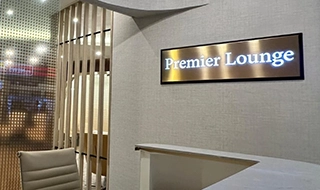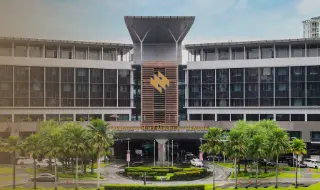Hernia Surgery
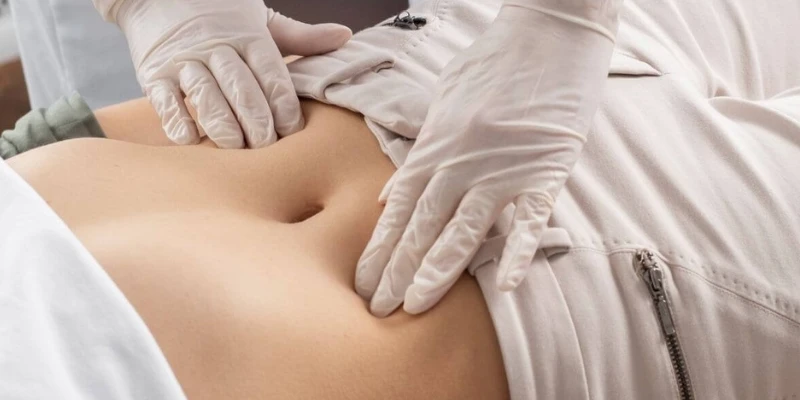
Hernia repair surgery is one of the most commonly performed procedures worldwide, providing an effective solution for individuals suffering from hernias.
A hernia defect occurs when an organ or tissue pushes through a weak spot in surrounding muscle or connective tissue.
While the condition can cause discomfort or pain, surgical repair is generally low-risk, with high success rates and brief recovery times.
What is hernia surgery?
Hernia surgery involves repairing a hernia by returning protruding tissue or an organ to its proper location and reinforcing the surrounding area.
This procedure can be done using traditional open hernia surgery or minimally invasive hernia repair, depending on the hernia’s type and location.
Do you need hernia surgery?
Not all hernias require immediate surgery. Small, asymptomatic hernias can often be monitored. However, surgery becomes necessary in the following scenarios:
- Severe Pain or Discomfort: Surgery may be required if a hernia causes ongoing pain, especially during activities like coughing, lifting, or bending.
- Hernia Growth: If it enlarges, surgical intervention is often needed to prevent complications.
- Serious Complications: Hernias that become incarcerated (trapped tissue that can't be pushed back) or strangulated (where blood supply is compromised, risking tissue death) require urgent surgery.
- Cosmetic Concerns: Some individuals opt for surgery to address visible bulging or changes in body appearance.
Types of Hernia Surgeries
Hernia repair approaches vary based on the hernia type and surgical method. Below are the key types:
Inguinal Hernia Surgery
The most common hernia type, inguinal hernias, occur in the groin area when tissue protrudes through the inguinal canal.
Inguinal hernia repair involves herniorrhaphy, where tissue is repositioned, and the abdominal wall is reinforced. Both open and laparoscopic methods can be employed.
Hiatal Hernia Surgery
Hiatal hernias, where stomach tissue pushes through the diaphragm, are repaired when symptoms like severe acid reflux, chest pain, or difficulty swallowing occur.
Surgery involves repairing the diaphragm and may include a fundoplication to keep the stomach in its proper position.
Umbilical Hernia Surgery
Umbilical hernias, common near the belly button, often resolve in infants but may require surgery in adults if they cause pain, complications, or noticeable bulging.
Repair involves closing the gap with sutures or mesh to strengthen the area.
Abdominal Hernia Surgery
An abdominal hernia happens when tissue pushes through a weak spot in the abdominal wall, often near the navel or in the upper or lower abdomen.
Repair typically involves repositioning the tissue and reinforcing the area with surgical mesh.
Epigastric Hernia Surgery
Epigastric hernias occur in the upper abdomen, between the belly button and chest.
They are often small and symptomless, but surgery may be needed if symptoms or complications arise.
The procedure involves freeing trapped tissue, like the intestine, and repairing the abdominal wall with stitches or a mesh implant.
Femoral Hernia Surgery
Common in women, femoral hernias develop near the groin and carry a higher risk of complications like strangulation.
Surgery is performed to return the tissue to the abdomen and reinforce the area.
Laparoscopic Hernia Surgery
Keyhole surgery, also called laparoscopic or minimally invasive hernia surgery, uses small incisions, a camera, and special tools to perform the procedure.
It is commonly used to treat inguinal, umbilical, and abdominal hernias.
Compared to open surgery, it offers smaller cuts, less pain, faster recovery, and minimal scarring, making it a popular choice for patients.
Robotic Hernia Surgery
Robotic-assisted hernia surgery uses robotic arms controlled by a surgeon, offering precision and dexterity.
These systems are ideal for repairing large or complex hernias, with superior visualisation of the surgical area.
Hernia Surgery Procedure: What to Expect
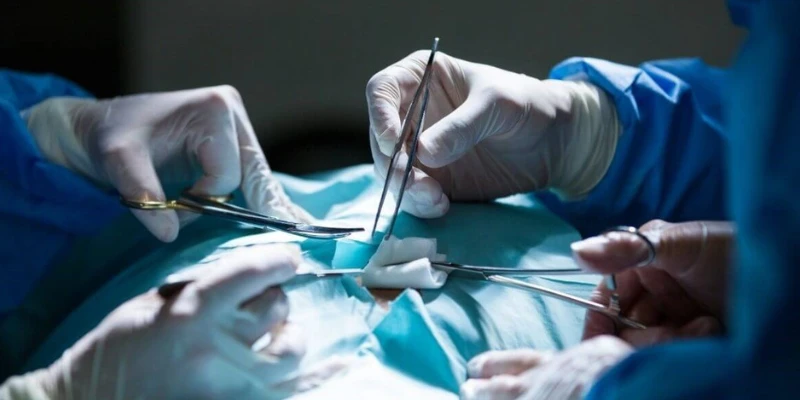
Before Surgery:
You’ll consult with your surgeon to discuss your medical history and determine the best surgical approach.
Preoperative tests and instructions, such as fasting or pausing certain medications, will help prepare you for a smooth procedure.
During Surgery:
Under anaesthesia, the surgeon will repair the hernia by repositioning tissue, strengthening the weakened area with or without mesh, and closing the incision.
Surgery times vary by type, but are typically quick and efficient.
After Surgery:
Following the procedure, you’ll be monitored in recovery. Most hernia surgeries are outpatient, meaning you can return home the same day.
You’ll receive detailed instructions for managing pain, resuming activities, and recognising signs of complications.
How long does hernia surgery take?
Hernia surgery usually lasts 30 minutes to an hour. Larger or more complex hernias may require additional time and, occasionally, an overnight hospital stay.
Hernia Surgery Recovery Time
Recovery time varies, but most patients return to light activities within a few days and resume normal routines within 2 to 4 weeks. A typical recovery timeline includes:
- Days 0–3: Expect mild pain, fatigue, and swelling. Walking is encouraged.
- Week 1: Light activities may resume. Avoid heavy lifting and strenuous movement.
- Weeks 2–3: Many return to work or daily routines, especially after laparoscopic surgery.
- Week 4 and Beyond: Gradual return to exercise; full recovery may take several months.
What can I eat after hernia surgery?
Diet plays a vital role in recovery:
- Start with Clear Liquids: Water, broth, and clear juices help reintroduce digestion gently.
- Introducing Soft Foods: Apple sauce, yogurt, and mashed foods are gentle and nourishing.
- Eat High-Protein Foods: Lean meats, eggs, fish, and legumes support tissue healing.
- Include Fibre-Rich Foods: Whole grains, fruits, and vegetables help prevent constipation.
- Avoid Spicy or Fatty Foods: These may irritate the digestive tract post-surgery.
- Small, Frequent Meals: Help reduce nausea and minimise abdominal pressure.
- Stay Hydrated: Aim for at least eight glasses of water daily to aid recovery.
Safe, Common, and Effective Treatment
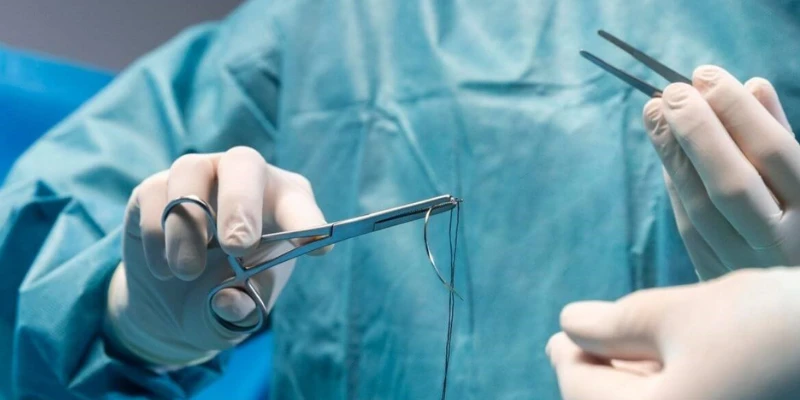
Hernia surgery is a proven and effective solution. With modern techniques like laparoscopic and robotic options, most patients enjoy excellent outcomes and quick recoveries.
At Prince Court Medical Centre in Kuala Lumpur, our expert general surgeons use state-of-the-art technology to provide world-class care.
A personalised consultation will determine the best treatment, assess the hernia’s severity, and explain any risks, including strangulation.
Our specialists will guide you through every step—from preparation to recovery.
By choosing Prince Court and following medical advice, you can expect a safe recovery and a return to normal life with Malaysia’s top medical professionals.










